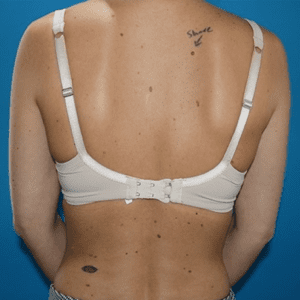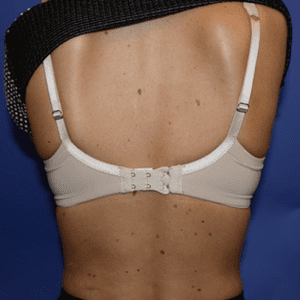What are moles?
Moles are overgrowths of skin cells which can vary in colour form pink to dark brown. They can be unsightly or irritating and can sometimes grow hairs. Most are harmless but some can be pre-cancerous or cancerous. Almost all can be removed with minor surgery. Worrying moles can then be sent to the laboratory for diagnosis.
If you are concerned at all about a skin lesion, it is extremely important to seek medical advice from a GP, plastic surgeon or dermatologist.
Our expert plastic surgeon can:
- Help diagnose the nature of moles
- Remove unwanted moles
- Arrange laboratory analysis and further treatment
- Help to restore confidence in your skin

How would mole removal benefit me?
It is very common to have skin imperfections, these develop over our lifetimes and tend to increase with size as we age. If you find yourself embarrassed by a large or prominent mole then mole removal is an option for you. For concerning moles or If you are concerned at all about a skin lesion, it is extremely important to seek medical advice, from a GP, plastic surgeon or dermatologist. We offer rapid clinic appointments, treatment and laboratory results. Our specialist plastic surgeon will carefully assess and examine the mole before deciding on the best course of treatment.
Find out more
Mole Removal Consultation
An initial consultation will give you the opportunity to talk to your Consultant Plastic Surgeon about why you want surgery and what result you would like to achieve. Our surgeon will examine your skin carefully and may take some photographs. A full medical history will be taken to assess your suitability for surgery and your options will be discussed.
To achieve the best results, it might be appropriate to combine treatment with other cosmetic procedures including a Facelift or Upper Eyelid Surgery.
Mole Removal Procedure
Mole removal is performed under local anaesthetic. You will be able to go home straight after treatment.
Removal can be achieved by either shaving the mole flush with the surrounding skin or cutting it out with a narrow border of healthy skin. Both allow laboratory analysis but only cutting out the mole will remove its root so the whole mole can be checked.
Once a mole has been removed it is sent to a specialist laboratory to be analysed to ensure that no cancerous cells are present.
The skin will heal but both methods of removal can leave marks or scars which take time to settle down. Scars are permanent.
Risks associated with Mole Removal Surgery
Like all types of surgery, there are some risks associated with mole removal surgery.
Although the risks are unlikely, it is important to weigh them against the benefits of the surgery. A consultation with your surgeon will help you to choose the right procedure and discuss any possible complications.
Before/After Pictures




